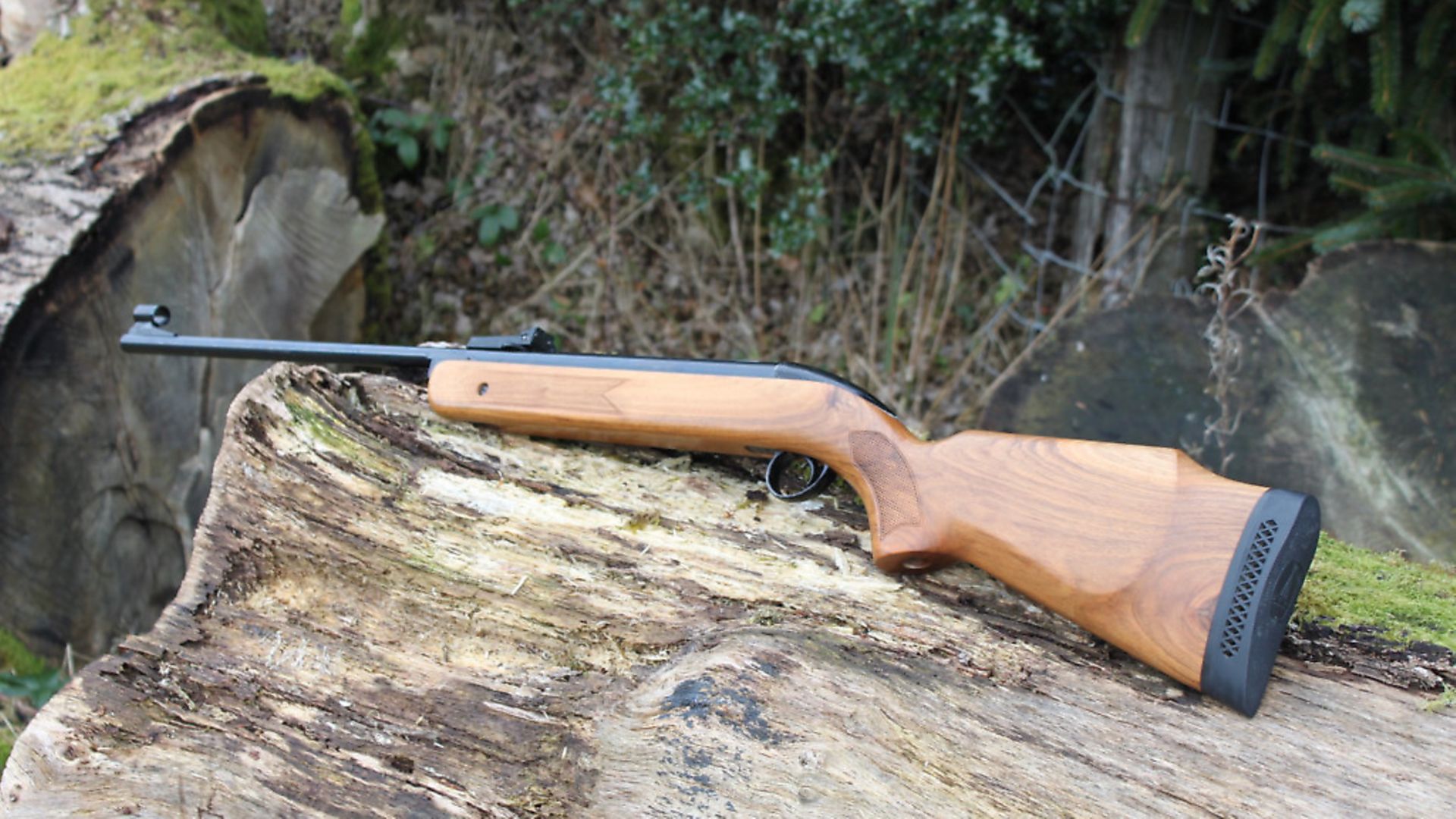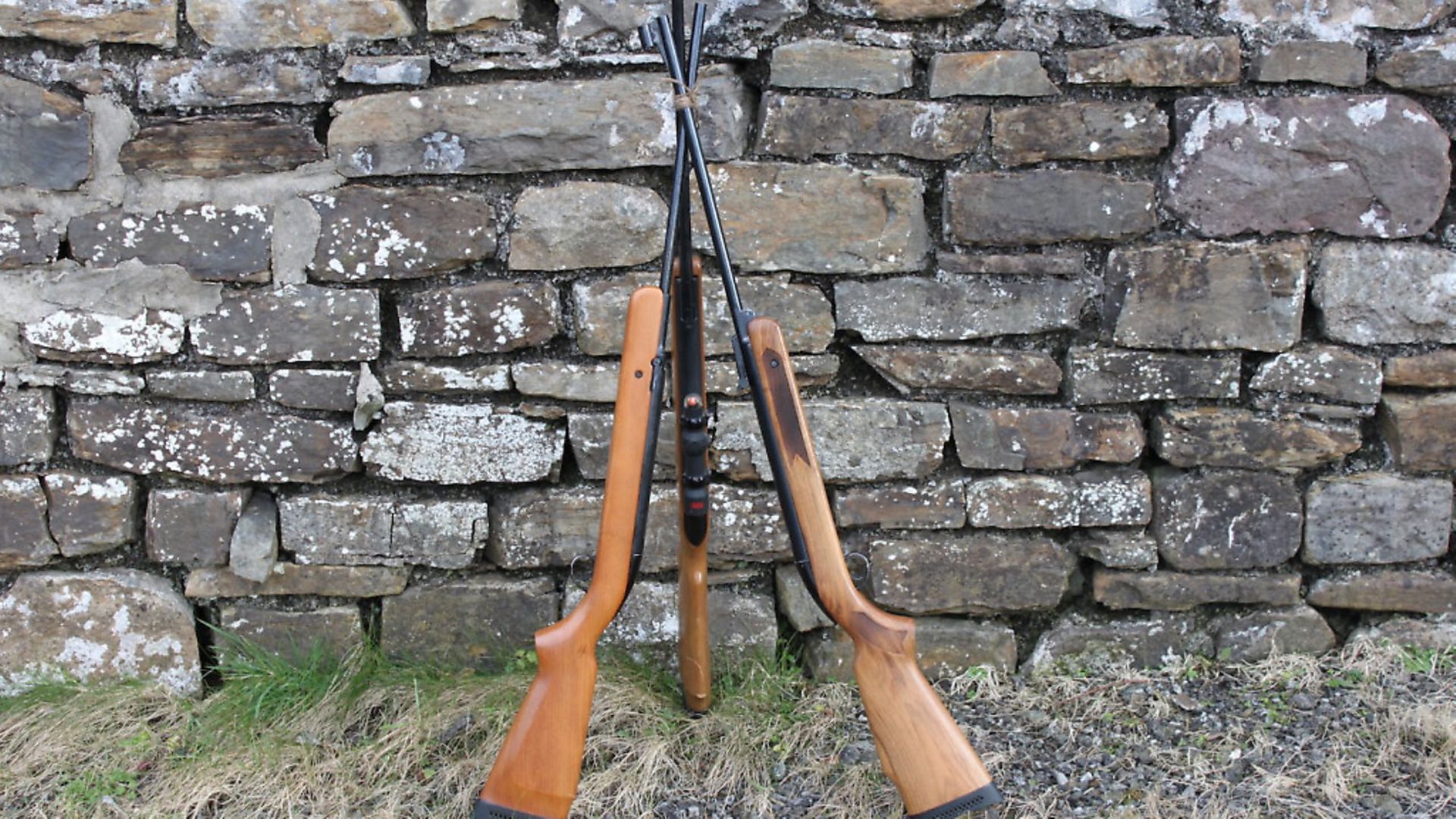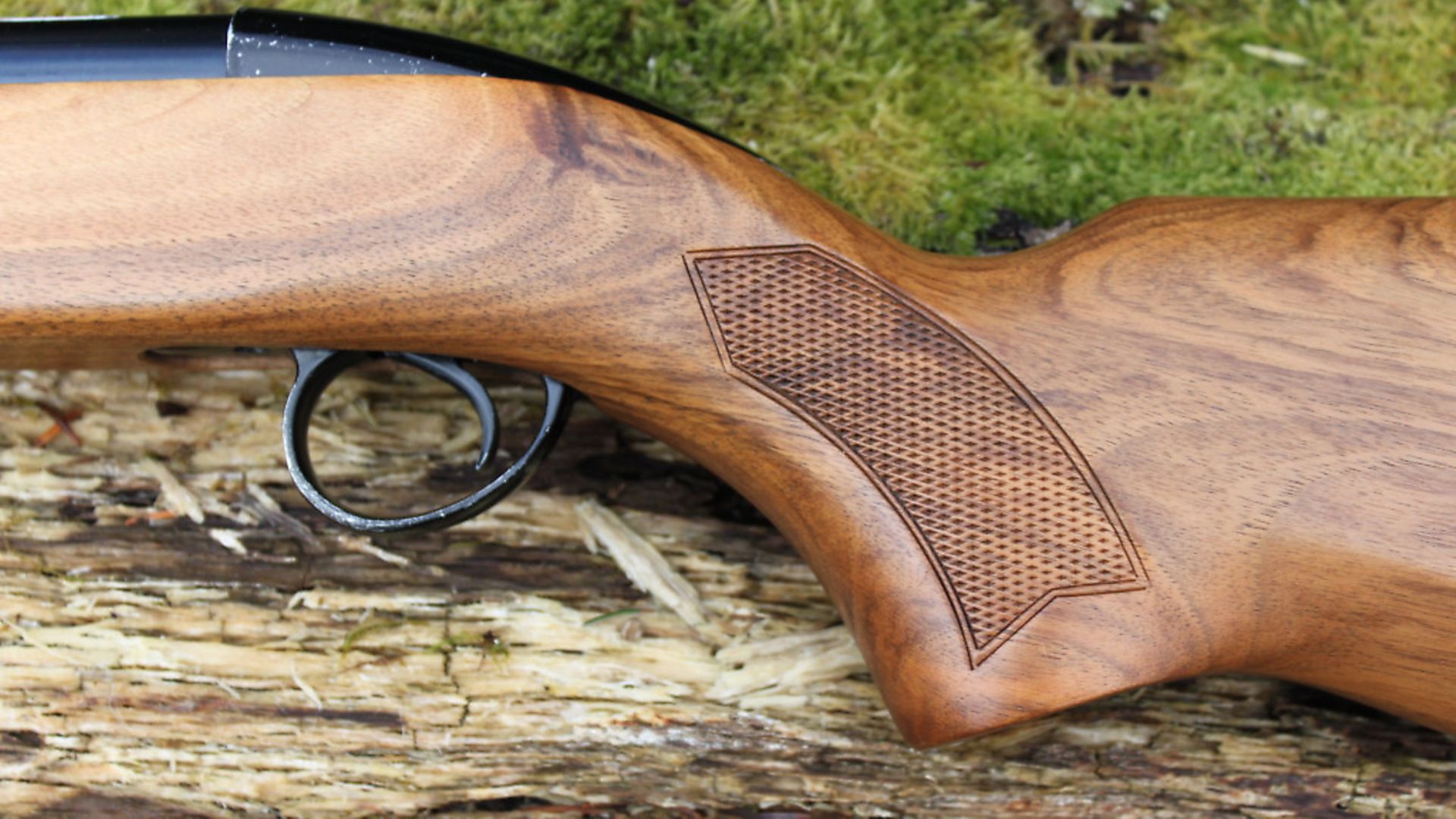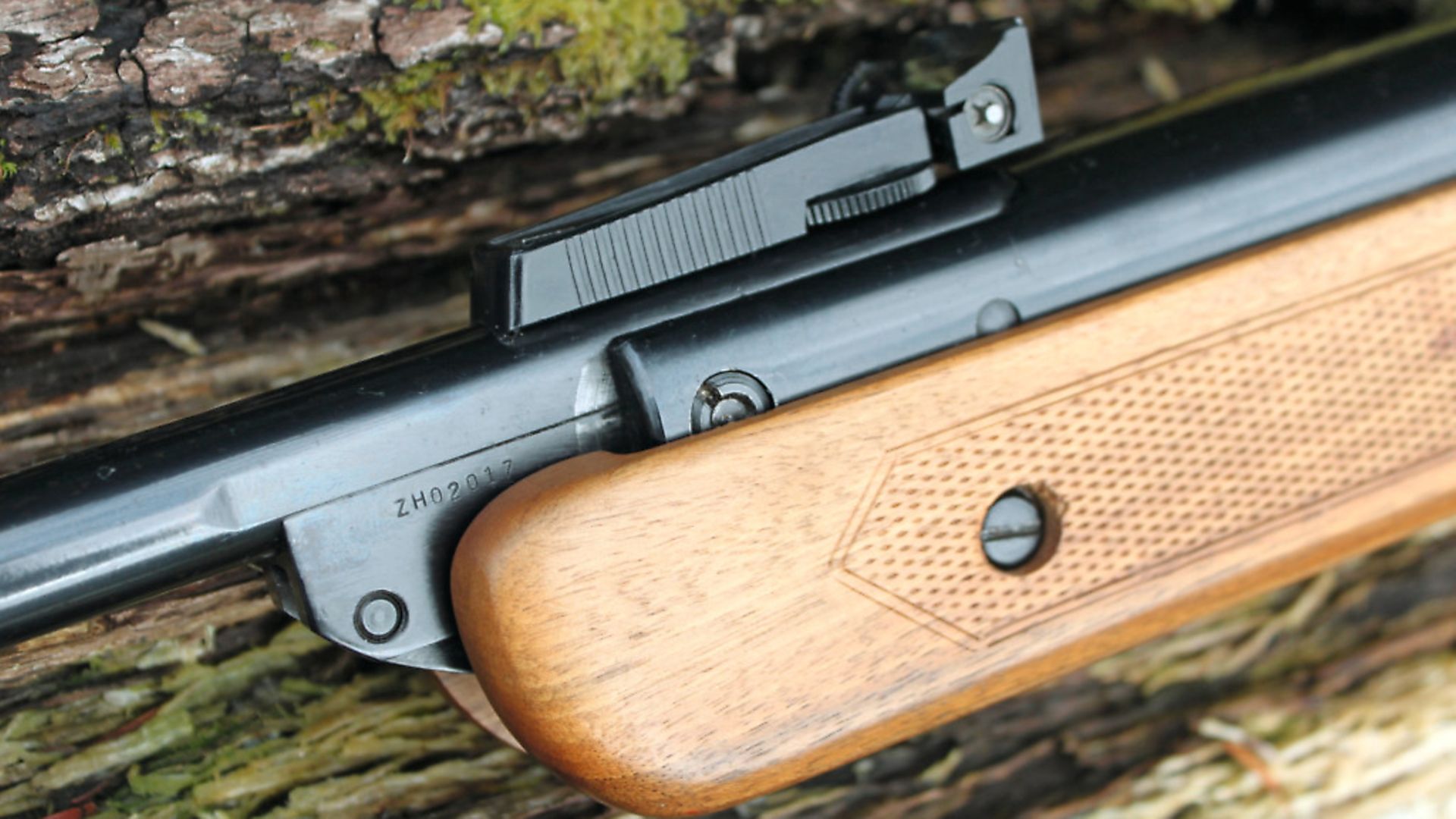Pete Evans extols the virtues of his recently purchased Mercury S
 credit: Archant
credit: Archant
Birmingham Small Arms (BSA), has a long and successful history in the manufacture of guns, both sporting and military. Their airgun production started in 1905 with the introduction of the Lincoln Jeffries rifle, and over the years, there has been a steady flow of iconic guns, such as the Meteor, and culminating with the R10 Mk2 pre-charged rifle.
Growing up in the 1970s and ‘80s ensured that several BSA rifles came and went, until ultimately I got my hands on an Airsporter. This was to be my first full-power model, blessed with good looks, charm, and character, but whilst a great rifle, and still in my ownership 40 years on, it was not without its little idiosyncrasies.
The Airsporter being a ‘tap- loader’ could suffer with accuracy problems stemming from breech misalignment. The tap itself has a shim arrangement and if things are not quite set up right, problems can ensue, but little features like this didn’t matter to me as a youngster, when I happily ploughed through tins of Eley Wasp and BSA Pylarm pellets at a rate of knots.
One model that eluded me until recently was the Mercury, released in 1972. It mirrored the Airsporter styling in that it included its curved, wave-like back block, and basic stock shape. The difference was that the Mercury was a break-barrel. Until then, BSA just had the break-barrel, mid-power Meteor in its range; now, it had a full-power sporter to take on the might of the European imports with their fancy triggers and, in some cases, walnut stocks.
 credit: Archant
credit: Archant
One of the plus points of the BSA was price. In 1983, a Mercury could be purchased for £54, whilst a Weihrauch HW35 would set you back £65. The Mercury proved a very successful model for BSA, and many regard it as one of their finest productions.
As with the Airsporter, the Mercury did have a couple of points that came in for criticism, one of which was the the barrel axis pin/breech jaw assembly. This was a similar arrangement to the Meteor, and over time, wear and tear could account for lateral play at the breech jaws, which was not easy to correct.
 credit: Archant
credit: Archant
Enter the Super
In 1980, BSA decided to offer a ‘deluxe’ version of the Mercury, termed the super, or ‘S’ model. The S gave a number of interesting upgrades, the most visually appealing of which being the walnut stock, with tasteful chequering. This was a distinct improvement over the rather lacklustre, plain beech offering, which featured very little colour – often termed the ‘blonde stock’.
The features didn’t end there; the barrel axis pin was replaced with a bolt as per the HW range that meant that any wear could be compensated for by tightening the bolt, thus reducing lateral play and preserving accuracy. The barrel itself was larger in diameter – 17mm, opposed to the standard 15.5mm, and had a little scallop on each side of the breech block, which looks a nice little design feature. Other than these features, the remaining rifle was pretty standard, retaining the hallmark BSA open sights, and single-stage trigger.
It was a good move by BSA to offer this alternative because it added an extra dimension to the Mercury, which satisfied the more style conscious types of the 1980s.
 credit: Archant
credit: Archant
Chance meeting
My own recent journey into Mercury ownership was totally unplanned. The good things in life often happen like that. Whilst on holiday, I always make it my business to check out the local gun shops, particularly for anything interesting in their secondhand racks. On this occasion, I was not disappointed by a visit to Phillip Morris gunsmiths in the lovely city of Hereford.
It’s not everyday you encounter a Mercury S, and especially not in the condition that I beheld. My heart was in my mouth as I turned over the label to check what I thought would be an outrageous amount, but it soon regained its former position as I digested what I thought to be a very reasonable price. My hand locked around the barrel, in case someone might wrestle it from me, and I managed to squeak, “May I take a look at the Mercury?”
One final obstacle lay in my path, a problem of identity; I didn’t have any with me to prove my address for the sales ledger. The helpful assistant offered to keep it for me. “NO!” I almost shouted, “I must have it now!” A quick visit to the bank next door for a copy of my bank statement, and a temporary gun slip saw me haring down the street to my car.
Pretty as a picture
Having ownership of a few standard Mercurys and Airsporters, I was aware of the basic handling characteristics, but I’d only seen the S model in black and white photographs so I’d never appreciated what a visually appealing gun this is. Make no mistake, this gun is a looker; the walnut stock makes a huge difference, and for a gun of its age it handles so well. The overall styling looks so good and the curvaceous back block and trigger guard look like something designed by an Italian car maker. Although this was made around the mid-‘80s, everything was nice and tight with only very minimal signs of use and age.
The shop had advised me that the previous owner had just fitted a new ‘performance’ mainspring. They had verified the power as below the legal limit, but even so, this was one minus point for me. As readers of Airgun World will know, there is a lot of science behind which spring suits which gun. Jim Tyler’s articles prove this point and beneficial tuning is rarely achieved without careful consideration of spring selection.
On formally testing the gun, I found that the power was hovering around 9.5 ft.lbs, but felt more like 19.5 ft.lbs! The discharge threatened to dislodge my fillings, and at today’s dental charges that could be more expensive than the gun. This old lady deserved far better than that, so with this in mind, next month we will be taking the Mercury apart and attempting to smooth out the discharge, whilst retaining a healthy power level.
__________________________________________________
Gun test: BSA R-10 Super Carbine
Gun test: BSA Scorpion SE